By Sean Hargrave
A new report from Thomas shows how people science can not only ensure organisations hire the right people for today’s roles, but also how it can help them retain valued employees in the future.
When businesses create medium- to long-term strategies, some will focus on a digital transformation programme and the right technology to support this. Others will prioritise their operations, including how to optimise their supply chains and routes to market. Companies may also review their products and services, and whether they could be selling into new markets.
What many businesses neglect is the huge challenge and opportunity relating to their people. With the rapid advance of technology, most notably AI, the World Economic Forum (WEF) estimates in its Future of Jobs 2023 report that six in 10 workers will need to be retrained before 2028.
Clearly, the skills an organisation requires today are not necessarily the skills that will be most valued in the future. And this means that the way companies approach hiring and retaining staff is going to have to change fundamentally.
Traditionally, organisations have looked for proven, perhaps certified, skills and a wealth of relevant experience. Then comes a job interview with open questions which favour the confident candidate happy to blow their own proverbial trumpet.
There is an increased realisation among heads of HR that their companies need people not just for today, but who can also help them become future-fit as the business environment evolves rapidly. This requires them to consider the applicant’s personality and character traits, and not just the skills they have for the job.
Focus on people science
A recent report from Thomas suggests the solution is to embrace people science. This is an increasingly important practice used to understand the personality type of both external and internal candidates being considered for new and vacant positions. It looks at what type of character traits mark someone out as the perfect match for the role, the team they will be working with, and the wider company culture.
The WEF report concluded that creative thinking was the second most important core skill after analytical thinking, in recognition of the importance of being able to thrive in disrupted workplaces at a time of huge technology-driven change.
People science can not only be used to help companies find people with these and other attributes, but it can go a step further. It can help identify people that have got the one trait all companies are going to need – adaptability.
New hires now need to be taken on for their willingness to be trained in new skills at least as much for the demonstrable skills they have today. The same goes for the pursuit of talent mobility among a company’s existing workforce. People who are ready, willing and able to adapt with the times – and accept the need for new training and novel roles – are the type of employees a company needs to retain and develop.
How does it work?
People science helps because it relies on new applicants and, with their permission, existing employees completing their profile. The process is transparent, in that the profile details are shared with the candidate or employee, as well as their manager. Additionally, if all agree, they can also be shared with the people they currently work with, or will be working with in the future.
The profile reveals not only a person’s main aptitudes, such as the level of their creative and analytical thinking capabilities, it also shines a light on their personality. Are they someone who likes to work on their own, or prefers to be in daily contact with a team of colleagues? Or are they better left to work diligently on their own on a single task or to collaborate on a range of projects?
Crucially, it can help identify whether an applicant, or existing member of staff, is open to new suggestions about what their role within the organisation should be, and whether they would relish the chance to extend their skills set to match the new opportunities tomorrow may bring.
This crucial adaptability is not only a factor for the long term, but it can help right now. Global food service business, Tricon, decided to use people science to find out more about its employees’ characteristics. By establishing their individual personalities, as well as their aptitudes, the company was able to offer better-targeted development.
This has led to an improvement in staff morale because people feel the company is going the extra mile to listen to them and build a career pathway and training that is more closely suited to them as an individual. The feedback from employees is there is now a much more “people-orientated vibe” at the business.
People science can also help speed up and improve the hiring process by bringing adaptable people into the business and retaining them. Tangerine Bank found that by being able to identify the personality types they require for each job in each team they were able to hire the right person while conducting a third fewer interviews. Similarly, Yellow Pages has found using people science to establish the characteristic types it needs for some sales positions has ensured churn rates have halved from 25% to 12%.
So, becoming future-fit is not solely a matter of preparing for growth further down the line, crucial though that is. It can ensure new recruits and current employees are in the right jobs and working with the right teams, at the same time as ensuring they are flexible enough to be open to retraining.
The ultimate goal is to be future-fit through talent mobility. The present-day reward will be having the right people in the right roles, resulting in happier teams where churn is low and recruitment is speedier and less costly.
For more details on how your business could benefit from a people-based approach to hiring, retention and development, download the full research report, ‘People Science: HR’s New Virtuous Circle’ here.




